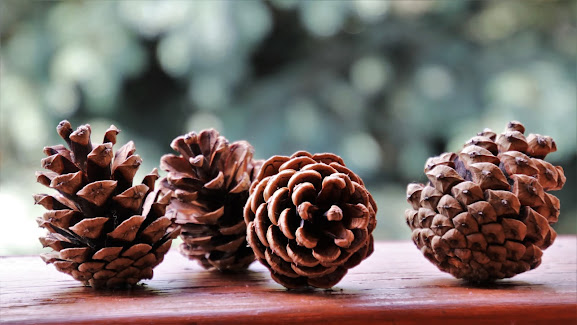For this summer kids craft you will need a piece of chain long enough to fit around your kid's wrist. You will also need small fake flowers, scissors, a hot glue gun, hot glue sticks, wire, pliers, beads, 2 O-rings, and a clasp. Start this craft by helping kids cut the flower buds off of the stems.
Then plug in the hot glue gun. Help kids cut a few 3 inch sections from the wire. Use the pliers to bend one end of the wire into a small loop. String a bead or 2 onto the wire. Help kids use the pliers to twist the wire into another loop right above the beads. This will hold them in place.
Next bend the ends of the wire into a loop a few circles deep. Open an O-ring slightly with the pliers. Sting the end of the wire onto the ring and set aside.
Next add the clasp to the bracelet using the O-rings. Start by bending the rings slightly open with the pliers. Then attach the chain to each side of the clasp using the rings and pliers. Close the rings with the pliers securely to make sure your bracelet stays together.
Before attaching all of the pieces of this bracelet it is important to make a plan. Help kids arrange the flowers across the wire in the order they would like them to be when the bracelet is done. Help kids place the wired beads in the places they would like as well.
Start help kids assemble the floral charm bracelet by add the beaded wires to the chain. This is done by threading the O-ring that is attached to the wire through the links in the chain. Then glue the flowers to the chain with the hot glue gun. Make sure to add a few drops of glue on both sides of the chain to secure the flowers in place.
This summer kids craft is easy and fun. A floral summer charm bracelet is a great way for you and your kids to celebrate the beauty of summer all year round. Try this easy summer craft with your kids!






